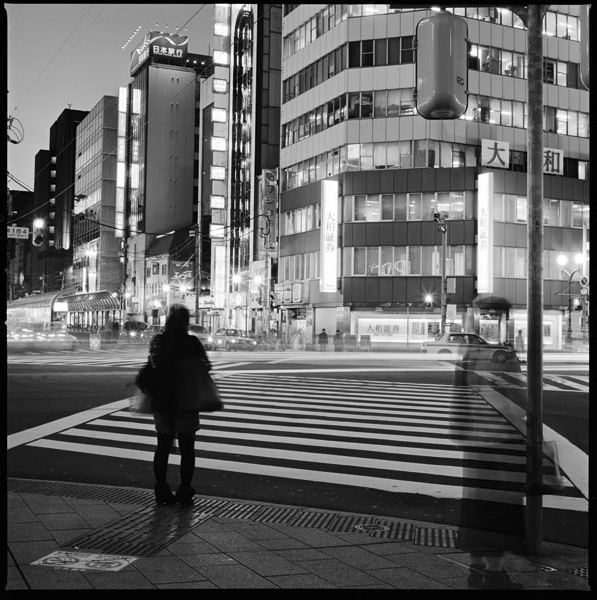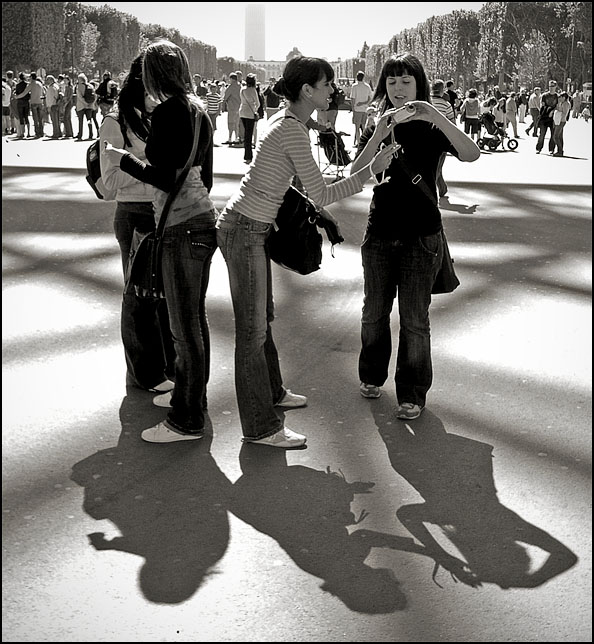Guy Mancuso
Administrator, Instructor
You bet , Guys we all love to see images so please post them anywhere you want . This IS a photo forum, what's better than images right.
Great to see you here. Join our insightful photographic forum today and start tapping into a huge wealth of photographic knowledge. Completing our simple registration process will allow you to gain access to exclusive content, add your own topics and posts, share your work and connect with other members through your own private inbox! And don’t forget to say hi!
not that i think you're wrong on this (it does make sense that GX100 would be softer than a fixed lens), but but but... my GRD died, lens out. having absolutely no self-control (and not being able to deal with being cameraless for a few weeks), i bought the GRD II. the difference is astounding -- and i don't think it's merely the 2 megapixels. it's made me realise what i was calling 'operator error' really was the lens failing.So far, I've found the GX100 pictures softer than those form the GRD II; and, even though the GX100 can withstand aggressive sharpening quite well, it doesn't render textures as well as either the GRD or the GRD II. I also assume that if the image quality of the GX100 was a good as that of the GRD II Ricoh would have made it the successor to the GRD. Sean suggests that my copy of the GX100 might have a lens below the GX100 standard; and this is something else that I'll have to have a look at, but I don't think that is the case.
Yes, it is excellent. It reminds me of this series of shots that I took in Sapporo:Thanks for the nice comment Stuart. I assume you mean the image of the girl smiling; I love that one too. Had I actually planned that shot, I would have placed the two women in the left, lower part of the frame facing right....I think it would improved the composition. But, to be honest, it was a 'snap shot' - jpeg straight from the camera.


Actually, it draws that way because of the small sensor.It really is impressive how well the camera draws despite the small sensor.

I like that image a lot. Very sharp and detailed. Forget the 'don't blow highlights' that many folks spew....you have to expose for the details that you want to see; and, if the highlights get blown...who cares unless they are the subject of interest.Hey.
I've signed up for this forum today - and I allready love it;-)
Here's af pic from my GRD.

Maybe try both side by side for awhile.That one's nice too, Mark.
I must say, the GRD II is making me think about leaving my beloved D-Lux 3.
may i frame that?Forget the 'don't blow highlights' that many folks spew....you have to expose for the details that you want to see; and, if the highlights get blown...who cares unless they are the subject of interest.
.

I believe that everything in the frame is subject - must be subject - even though some elements will be primary and some secondary. I don't know about "spewing" but I agree that there are no absolute rules about exposure. One of the best examples I can think of is this photograph by Robert Frank from "The Americans".I like that image a lot. Very sharp and detailed. Forget the 'don't blow highlights' that many folks spew....you have to expose for the details that you want to see; and, if the highlights get blown...who cares unless they are the subject of interest.
Sean:I believe that everything in the frame is subject - must be subject - even though some elements will be primary and some secondary. I don't know about "spewing" but I agree that there are no absolute rules about exposure. One of the best examples I can think of is this photograph by Robert Frank from "The Americans".
What I do find, however, is that one's eye tends to be drawn to the brightest parts of a picture so if a highlight is blown, that tendency of the eye is worth considering, worth using compositionally, in fact.

Hej då! (jag har bort i sverige fem år när jag var barn.) I like both your picture in terms of composition and tonality; the first one I find somewhat stronger in meaning.Hey.
I've signed up for this forum today - and I allready love it;-)
Here's af pic from my GRD.]
